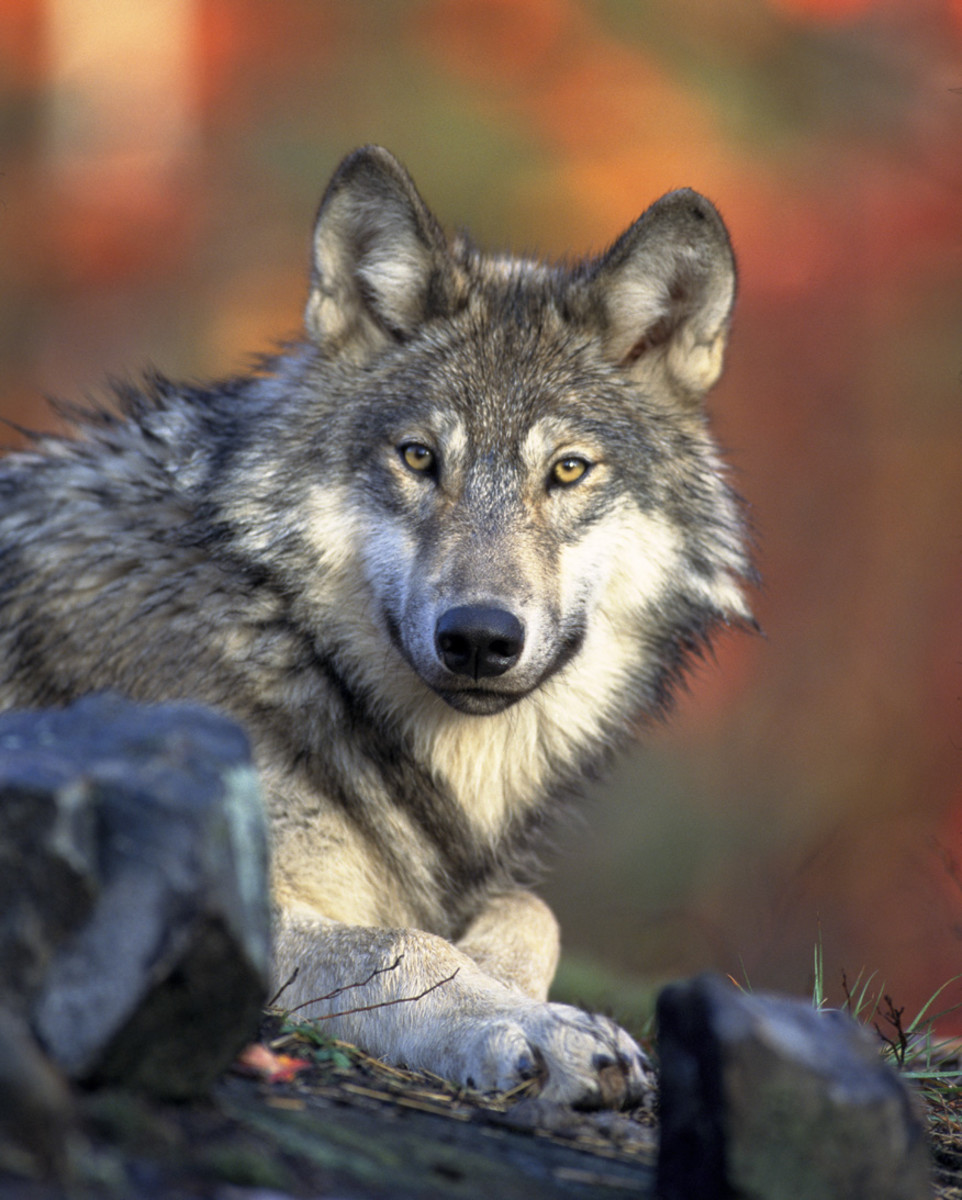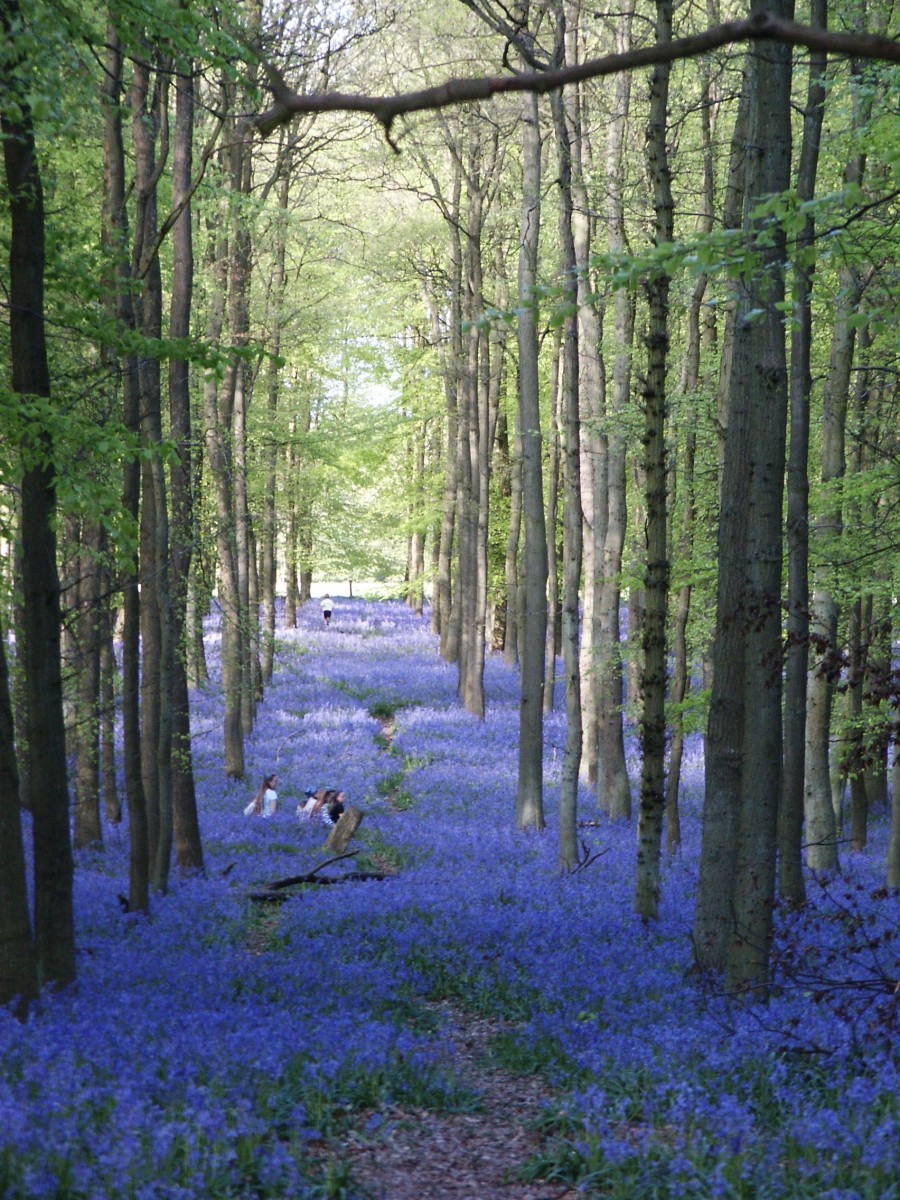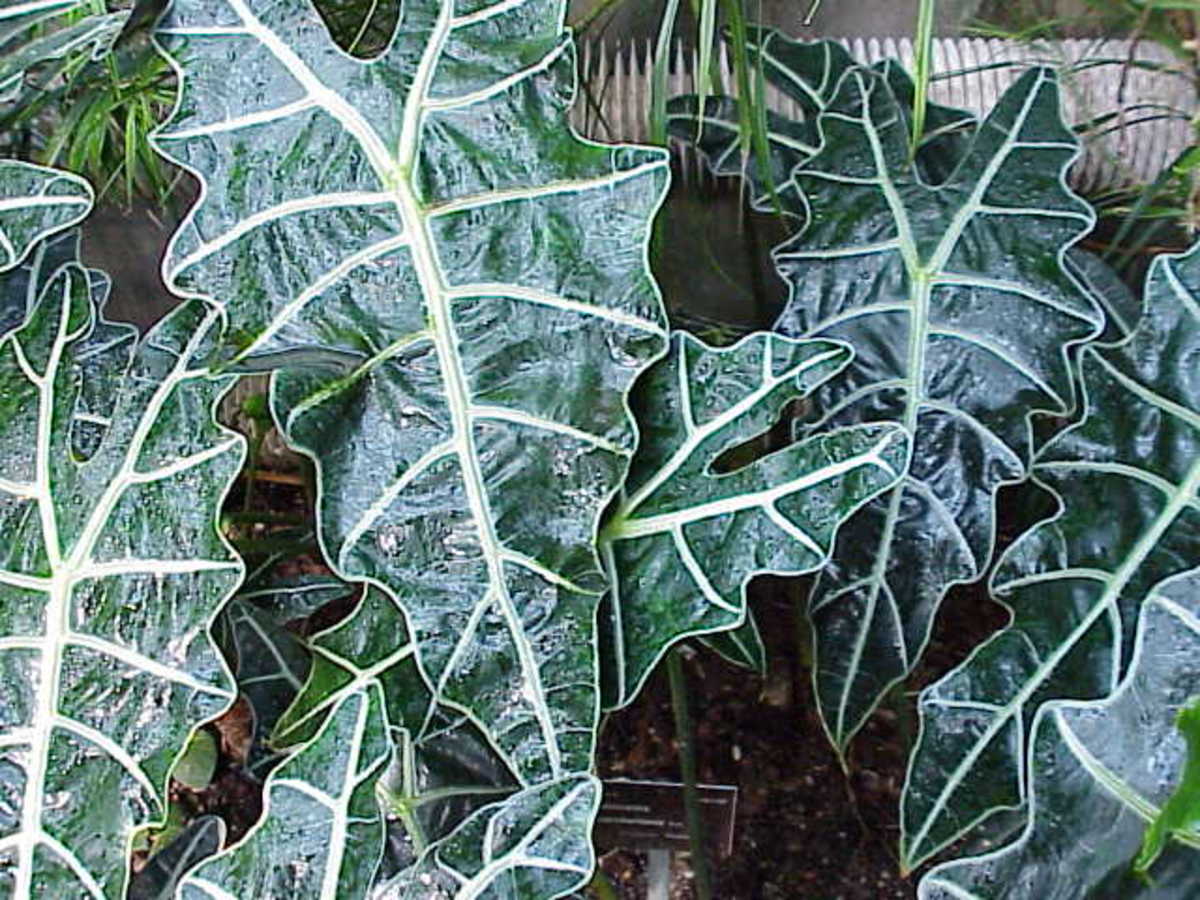Endangered Plant Species In New York
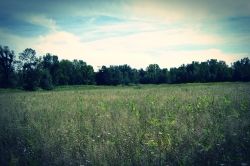
The Endangered Species Act and Plants in New York
I live in New York State and as such, have an invested interest in the natural history of the area as well as local ecology. As many of us know, the proper functioning of a healthy ecosystem is dependent not only on various natural processes, but also on the flora and fauna present within the ecosystem. Aside from the substrate (where plants grow and obtain nutrients), the plants present are often the most influential element in an ecosystem. Plants are the basis for most food webs, providing energy to the entire ecosystem because plants create energy through photosynthesis which is then utilized by other organisms. A simple example: plants are eaten by invertebrates, which are eaten by birds, which are eaten by a mammalian predator, which is then eaten by a top predator. Furthermore, plant diversity is oftentimes also of importance for maintaining healthy ecosystems which support abundant and diverse life. Of course our natural systems are much more complex than this! But this will give you an idea about the importance of plants.
Often, specific organisms or processes will be dependent upon a single plant species for survival, another example of the complex relationship plants have with local fauna. For example: the Kirtland's warbler relies on jack pines of a certain age for reproduction, and as such, jack pine forests in Michigan are managed accordingly. There are countless other relationships like this, of differing complexities and importance.
Plants and animals hold medicinal, agricultural, ecological, commercial and aesthetic/recreational value. Endangered species must be protected and saved so that future generations can experience their presence and value. Disturbances by humans, climate change, and an increase in invasive and nonnative plants are all threatening our native plants.
I hope my introduction has given you an idea about the importance of plants for overall ecosystem health and I will go on further to explain why the Endangered Species Act does not offer adequate protection for plants (or any other organism in my opinion) and to list some plants endangered in the state of New York. Additionally, as you can imagine, endangered birds and mammals often receive more attention from the public and are more likely to be listed as threatened or endangered in the first place.
(Image: my personal photo)
How many plants are endangered or threatened in North America?
As of 1 November 2009, there were 750 plant species listed as endangered or threatened in North America. A threatened species is one which is at risk of endangerment in the near future while an endangered species is one which has such small numbers that it is at risk of extinction.
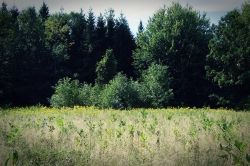
The Endangered Species Act and Plants
With so many endangered plants throughout North America, you may be wondering what provisions are in place for protecting these precious native species. Unfortunately, plants have very little protection at the state or federal level. Plants do not receive equal treatment under the Endangered Species Act and are less likely to be even listed. This is partly due to the reduced prominence of plants; a decline in an animal or bird species for instance, is often more noticeable and generates more sympathy from the general public.
How does the Endangered Species Act protect plants? Listed plants are protected:
1) on Federal lands or during activities that are funded, permitted, or carried out by a Federal agency and are therefore under Federal jurisdiction, or
(2) in the unlikely event that it can be proved that they are destroyed in knowing violation of state law or during trespassing. (Section 9 (a) (2) (B) of FESA (16 U.S.C. § 1531 et seq.)
Therefore, logging, housing development, mining, and other activities may all kill unlimited numbers of Federally listed plants, even cause extinction of a species, as long as the destruction does not meet these conditions. As you can see, this is not adequate protection since preservation of habitat is critical to the recovery of any species! These conditions are also far less stringent than the protocol in place for preserving other organisms under the Endangered Species Act.
Additionally, fines for disturbing listed species are virtually non-existent.
(Image: my personal photo)
In addition to federally listed plants which are "protected" by the Endangered Species Act, states may also have lists of threatened plants. However, not every state has these lists.
Federally Protected Plants found in New York State
Of the many threatened and endangered plants in New York, only SIX are listed under the Endangered Species Act
This information below is copied from the NYDEC and can be found Here.
Northern Wild Monkshood (Aconitum noveboracense)
Federal Status: Threatened
Northern wild monkshood is an herbaceous perennial with blue, hood-shaped flowers which are distinctive. The plants range from one to four feet in height, with wide, toothed leaves. They prefer to occupy cool sites such as stream sides or shaded cliff sides. Flowers typically bloom between June and September. Degradation and loss of habitat are the primary threats to species survival. Collection by humans has also been problematic in some areas.
Image: USFWS. Please click here for more information on this species.
Sandplain gerardia (Agalinis acuta)
Federal Status: Endangered
The only Federally Endangered plant species in New York State, sandplain gerardia is a small annual plant with delicate pink blossoms. Six of the twelve known natural populations in the world can be found in coastal grassland areas on Long Island. Loss of habitat to development, and encroachment by invasive exotic competitors are the main reasons why this plant is considered to be in imminent danger of extirpation.
Image: Connecticut Botanical Society. Please click HERE for more information on this species.
Seabeach amaranth (Amaranthus pumilus)
Federal Status: Threatened
Seabeach amaranth is an annual plant with reddish stems and small, rounded leaves. For years it was thought to be extirpated from New York State, until it was found again in 1990. It is found along sandy beaches of the Atlantic coast, where it grows on the shifting sands between dunes and the high tide mark. Construction of beach stabilization structures that stop the natural movement of sand has degraded much seabeach amaranth habitat. The plants grow close to the surface and can range in size from less than an inch to more than a foot across. Flowering and seed production usually start in July and continue until the plants die in the fall.
Image: USFWS. For more information on this species please click HERE.
Hart's-tongue fern (Asplenium scolopendrium var. americanum)
Federal Status: Threatened
American hart's tongue fern, a member of the spleenwort genus, has large lanceolate to strap-shaped fronds. Over 90% of the U.S. population of this fern is found in Central New York, where it requires moist, sheltered locations and lime-rich soils. Drought and loss of habitat are two of the most important threats to the species.
Image: New York Natural Heritage Program. For more information on this species, click HERE.
Leedy's roseroot (Sedum integrifolium ssp. leedyi)
Federal Status: Threatened
Leedy's roseroot is a perennial with waxy, succulent leaves. The flowers are small and densely arranged, with four or five petals, and vary in color from dark red to orange or yellow. It grows on a few cliffs only in New York and Minnesota. This sub-species has probably always been rare, because of its very specific habitat requirements. Because of the small number of places where it occurs, however, it is highly vulnerable to disturbance at those sites that might degrade the habitat.
Image: USFWS. Please click HERE for more information about this species.
Houghton's goldenrod (Solidago houghtonii)
Federal Status: Threatened
Houghton's goldenrod grows only in the wetlands along the Great Lakes shoreline. It is a perennial with an upright stem and many yellow flower heads, which are arranged in somewhat flat-topped clusters. The leaves are narrow and grouped toward the base of the plant. Loss and degradation of habitat due to development is the primary threat to species survival. There are many other goldenrods found in New York, some of which are similar-looking. One way to differentiate Houghton's goldenrod is by confirming the presence of tiny hairs on the flower stalks within the flower cluster.
Image: USFWS. For more information about this species, click HERE.
Click to look up threatened plants in your state
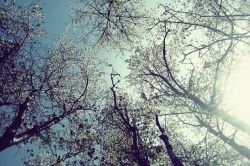
So, what can we do?
We know there are many endangered and threatened plant species in North America. We also know that many plant species which probably should be protected are not. Additionally, plants have inferior protection under the Endangered Species Act as compared with animals.
The most important thing you can do is never pick wildflowers or other plants which are uncommon. If you are unsure about whether a plant is endangered or protected, you should avoid disturbing it. Also avoid collecting seeds from wildflowers/plants and when gardening, consider planting native species as many exotics are invasive and can inhibit the growth of native plants.
Image: mine.

